The executive order on government reorganization issued by President Donald Trump in March has created an ever-growing marketplace of ideas on how to structure the U.S. development enterprise to maximize its effectiveness and efficiency. The U.S. Agency for International Development’s Advisory Committee on Voluntary Foreign Aid (ACVFA) was the latest to weigh in, submitting recommendations to USAID’s leadership last week. They join earlier efforts from a Center for Strategic and International Studies bipartisan task force (of which I am a member) co-chaired by Senators Todd Young and Jeanne Shaheen; the Center for Global Development; the Heritage Foundation; and the Modernizing Foreign Assistance Network.
This is healthy, as long as Secretary of State Rex Tillerson is true to his word that he (and, presumably, the White House) has no preconceived notions of what the structure should look like. With the Office of Management and Budget’s September deadline fast approaching for the State Department and USAID to submit reform plans, these two sister agencies must understand where reform recommendations converge and diverge—while recalling lessons from recent experience.
Development matters. The majority of proposals advocate for global development to retain its strategic importance in U.S. foreign policy, equal in stature to defense and diplomacy. This is at odds with the signals emanating from the White House, whose budget proposal and rhetoric prize military strength above all else, even at the expense of development and diplomacy.
Yet these reports build a substantial case that U.S. investments in development remain fundamental to advancing our interests, even as U.S. foreign policy shifts to an America First approach. Containing health threats and strengthening health systems globally; ending poverty and moving more people into the global middle class; reducing conflict and strengthening stability: these development imperatives advance U.S. security and prosperity, the objectives Secretary Tillerson laid out in May at a town hall.
As an example, while U.S. investments in global health research and development between 2007 and 2015 saved millions of lives around the world, they also created 200,000 American jobs.
The trick is that to be most effective, such investments must stay true to development’s core mission to improve and protect the human condition at its most basic levels, and be rigorous in its implementation as a discipline.
This provides a moral authority that buttresses our military and diplomatic corps and makes the U.S. strong, not just mighty.
It also means that the transactional approach preferred by this administration can be hazardous to development practice and outcomes. One of USAID Administrator Mark Green’s challenges will be to get others to buy into the value of development without wanting to co-opt it. Rather than making it transactional (remember tied aid?), better to leverage its strategic importance. And that’s easier to do when there’s a clear strategy.
Strategy matters. All the reports agree that room for improvement exists to reduce fragmentation, improve coherence, and maximize results across the more than 20 agencies that provide assistance. A comprehensive strategy would be a big step forward. Senators Young and Shaheen have proposed legislation to ensure this, and several reports lay out strategic objectives that should be prioritized.
National Security Council (NSC) staff are drafting a new National Security Strategy (NSS), and the extent to which development and humanitarian concerns are included may have a real effect on restructuring. Form should follow function. In the last administration, the Quadrennial Diplomacy and Development Review (QDDR) and USAID Forward reforms took their cue from the presidential policy directive on development, however imperfectly implemented.
USAID is already underway in updating its mission and vision statements. It’s important that development and humanitarian issues are presented by a strong policy voice during interagency negotiations, whether drafting the NSS or agreeing upon new structure. One of the best things the Senate did before breaking for its August recess is unanimously confirm Ambassador Mark Green as USAID administrator.
Leadership matters. Leave aside for a moment the question of development’s priority in a new NSS. Fully empowering a single point of accountability for development within the government is one of the easiest steps the administration can take to improve coherence, efficiency, and effectiveness. The best person positioned to take on such responsibility is the USAID administrator.
Ideas range from elevating the USAID administrator to cabinet level, to double-hatting the administrator as coordinator of all foreign assistance, to providing a permanent seat on the NSC Principals Committee. In my view, doing the latter two would serve U.S. foreign policy exceptionally well, as a big step toward better coherence and higher quality policy deliberations. Any would have an immediate impact, and all take as a given that USAID should remain independent as the lead development agency.
The outlier is a suggestion from the Heritage Foundation that USAID be merged into the State Department, under a new under secretary of state for economic development, who would also serve as USAID administrator. This proposal is based on a recommendation by the Hart-Rudman Commission.
The commission’s final report was published in February of 2001, even before 9/11, so this justification is a curious choice (most of the other Heritage recommendations rely on up-to-the-minute data and thorough rationales to address chronic shortcomings).
The role of development within the global community and the science of its practice has evolved significantly since, as has the body of evidence of development’s positive impact advancing U.S. interests. Such a major move warrants a much closer analysis and honest accounting of the potential efficiencies gained versus potential impact lost.
Measurement matters. Such an accounting, to be fair, is mostly missing from any of these proposals. It’s important to change that as decisions are teed up internally. Efficiency is generally measurable. The administration would earn credibility by quantifying any anticipated gains from process or structural changes and setting targets that are transparently updated.
Seven years ago at the launch of an initiative to streamline State and USAID planning and reporting processes, most program officers at mission swore they were spending 70 percent of their time reporting back to Washington. After a scientific, triangulated survey, the data showed the average was closer to 25 percent. But it also showed that a particular office at State added little value and a lot of pain. We closed it. Real data can be surprising—and powerful.
Measuring effectiveness gains are trickier but no less imperative. After all, development is a discipline based on metrics and evidence of what works. The administration should provide evidence of the return on investment to the U.S. taxpayer of any reorganization it undertakes.
Innovation matters. The reports are full of proposed new ways of working that should please an administration with a propensity for challenging the status quo.
Most welcome is the attention paid to back-office issues that offer little political pizazz but significant impact. Personnel ranks near the top—rationalizing the number of hiring mechanisms, modernizing the foreign service career cycle, improving merit-based incentives, and expanding staff exchanges (a la Goldwater-Nichols) among State, USAID, and Defense Department employees. Other ideas include accelerating the process of disbursing funds; expanding the use of USAID competition waivers in fragile environments; and creating a standardized rating system for program effectiveness.
Consolidation is also a notable theme. With private financial flows into developing countries now far exceeding foreign assistance, a standalone development finance institution could leverage at scale the offerings of the Overseas Private Investment Corporation, U.S. Trade and Development Agency, and USAID’s Development Credit Authority. And combining the different offices at USAID that deliver humanitarian assistance would make the agency fit for purpose as emergencies increase in scale and number.
Just this week, Secretary Tillerson reiterated a pledge that the redesign will be employee-led, and that any changes he champions will make the lives of the rank-and-file “more productive, more efficient, and more rewarding.” Yet it’s not clear whether the concerns of USAID staff are given the same weight as those in Foggy Bottom.
The truly disruptive play would be to finally give the U.S. development enterprise its due, strengthening and empowering USAID’s leadership so that development becomes a full partner in the 3Ds—defense, diplomacy, and development. The marketplace of ideas shows how valuable that could be. It’s not clear if the administration is buying.
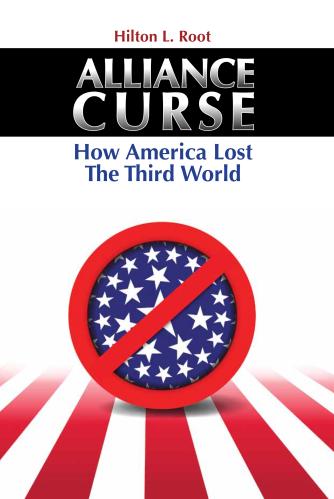
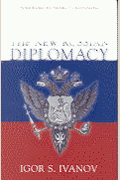
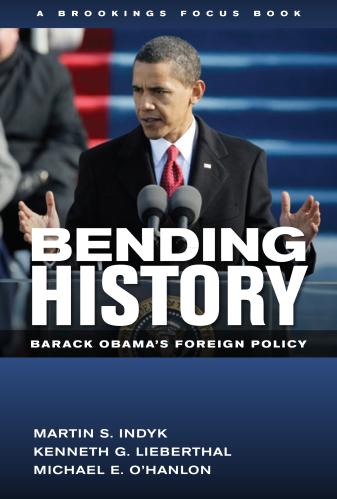
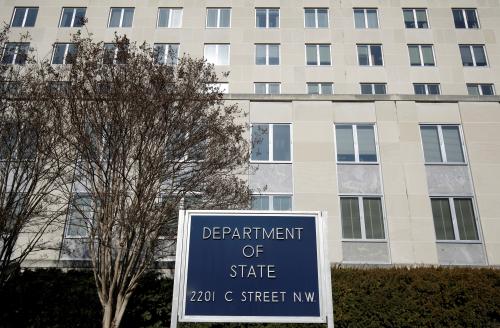
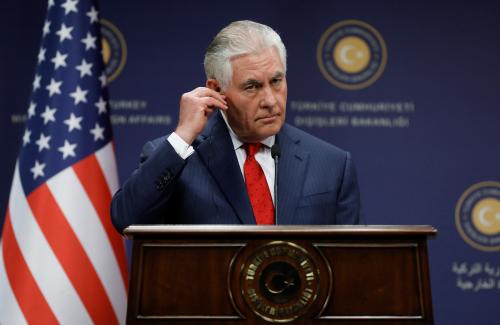



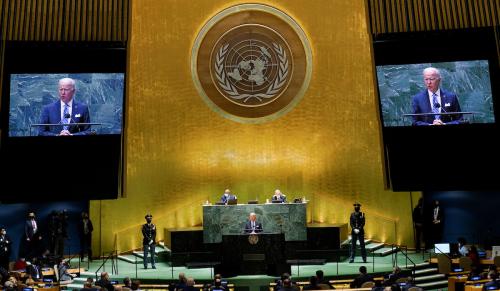

Commentary
Empowering aid: The real disruptive play for US foreign policy
August 3, 2017